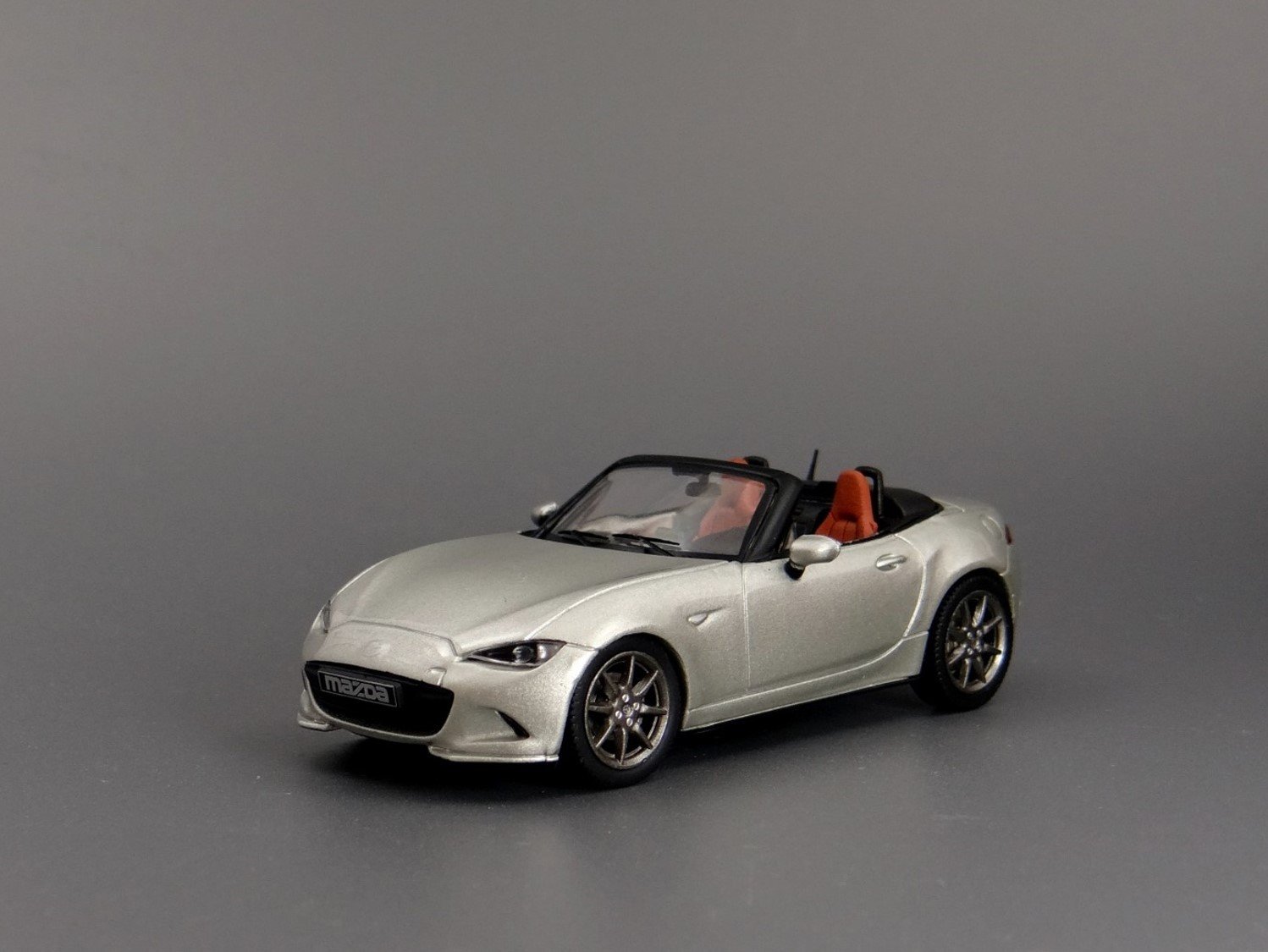The Clio is one of Renault’s best known models; sold on many markets around the world, consistently being one of Europe’s most popular cars. Design that’s pleasant to the eye, comfortable interior and economical engines are the main reasons behind the model’s popularity. The Clio first seen the light of day in 1990 with the second generation described today being introduced 8 years later. Although it didn’t repeat the achievement of its predecessor and didn’t win the Car of the Year title, it most certainly matched it on the sales charts. The fact that this model is still sold on South American markets as the Clio Mio only confirms its sales chart success. The overall concept of the original car was unchanged with the introduction of the Clio II, but a new platform was used and light materials were used in some parts of the body (e.g. plastic in front bumper, aluminium in the bonnet). The aim was to minimise the weight and battle the issue of rusting. While the rust was mainly eradicated, minimising the weight was not as successful since the mean weight rose (by about 50 kg on average) compared to the previous model. Increase in weight however wasn’t really bothering anyone. The buyers were much more interested in the car’s pleasant design and generous equipment they got for a reasonable price, compared to the main rivals such as the Polo, Fiesta or the Punto.
In any event, let’s concentrate on the main topic – the gold die-cast model from the now defunct Portuguese company Vitesse. Although the miniature was created in the late 90s, its looks are astonishingly good and pretty much on-par with the current standards. The detailed interior makes a good impression – especially the patterned cloth upholstery that has been well replicated by the manufacturer. Apart from that there is also the nicely finished gold paintwork, so characteristic of the Clio II. It has to be noted however, that the gold paint looks better in real-life than on the pictures. In contrast to most releases by Vitesse, the Clio has no opening parts which is not necessarily a bad thing. The die-cast model doesn’t have any glaring faults. The only critique I have is targeted at the rear side windows – looking at them I feel as if they are too small. Despite this the model is pleasing – the finish quality is good, the model itself is quite rare and on top of that it comes in a very pretty dealer packaging.
History
Renault Clio II (Renault Lutecia in Japan) was introduced in spring 1998. Initially, the engine range consisted of modified engines 1.2 l (60 HP) and 1.4 l (75 HP) known from the previous Clio and 1.6 l (90 HP) and 1.6 16V (110 HP) used in the larger Renault Mégane. Diesel engines were offered as well: 1.9D and turbocharged 1.9 dTi. In 2000 the 1.4 16V (98 HP) engine was introduced, and in the following year – 1.2 16V (75 HP), which replaced the 8-valve 1.4 l engine. In 1999, the Clio Sport with a 2.0 l (169 HP) engine was added to the range. Also in that year a sedan based on the Clio was introduced named, depending on the market, Clio sedan, Symbol or Thalia. This model was intended for the developing markets.
In 2001 the range-topping Clio V6 was introduced. The car had a 3.0 V6 (230 HP) engine, sourced from the Laguna. In the same year Clio underwent a major facelift, which resulted in a typical for Renault Phase 2 model. Apart from France, Clio was also manufactured in Slovakia, Argentina, Colombia, Mexico and Morocco.
*********
Clio to jeden z najbardziej znanych modeli Renault. Sprzedawany na wielu rynkach świata, od lat mieszczący się w czołówce najchętniej kupowanych samochodów w Europie. Miła dla oka stylizacja, komfortowe jak na klasę auta wnętrze oraz ekonomiczne silniki to główne powody dużej popularności modelu. Clio po raz pierwszy ujrzało światło dzienne w roku 1990 a opisywana dzisiaj druga generacja pojawiła się 8 lat później. Choć nie powtórzyła sukcesu poprzednika i nie zdobyła tytułu Samochodu Roku, to z pewnością dorównała mu wynikami sprzedaży. Potwierdzeniem tego może być fakt iż auto jest nadal sprzedawane na rynkach Ameryki Południowej pod nazwą Clio Mio. W porównaniu z pierwszą generacją koncepcja samochodu pozostała niezmieniona, zastosowano jednak nową platformę a niektóre elementy poszycia wykonano z lekkich materiałów (np. przedni zderzak z plastiku, maskę z aluminium). Zabieg ten miał na celu zmniejszenie wagi oraz podatności modelu na korozję. O ile drugi cel został osiągnięty, bo Clio II okazało się dosyć odporne na korozję, o tyle waga modelu w porównaniu do poprzednika niestety wzrosła (średnio o 50kg). Wzrost wagi jednak mało kogo interesował. Dla nabywców bardziej liczył się ładny wygląd nadwozia oraz że za przystępną cenę oferowane wyposażenie było bogatsze niż u najgroźniejszych konkurentów – Polo, Fiesty czy Punto.
Skoncentrujmy się jednak na głównym temacie jakim jest złoty modelik firmowany przez nieistniejącą już portugalską firmę Vitesse. Choć miniaturka powstała pod koniec lat 90-tych to wyglądem absolutnie nie straszy. Wręcz przeciwnie – wygląda nad wyraz dobrze i nie odstaje od obecnych standardów. Duże wrażenie robi odwzorowanie wnętrza a w szczególności tapicerki – odtworzenie wzorzystego materiału wyszło producentowi bardzo dobrze. Oprócz tego oczy cieszy też ładnie położony charakterystyczny dla Clio II złoty lakier, który jednak lepiej prezentuje się w rzeczywistości niż na zdjęciach. Ciekawostką jest fakt, że w przeciwieństwie do większości wypustów firmy Vitesse, w Clio nie znajdziemy żadnych otwieranych elementów. Rażących wad modelik nie posiada. Jedyne zastrzeżenia mam do kształtu tylnych bocznych szyb – patrząc na nie mam wrażenie że są zbyt małe. Mimo to modelik cieszy; jest dobrze wykonany, stosunkowo rzadki a na dodatek posiada bardzo ładne dealerskie opakowanie.
Historia
Renault Clio II (w Japonii Renault Lutecia) zaprezentowano wiosną 1998 r. Gama silników początkowo składała się ze zmodernizowanych jednostek 1.2 l (60 KM) i 1.4 l (75 KM) znanych z poprzedniej generacji Clio, oraz 1.6 l (90 KM) i 1.6 16V (110 KM) stosowanych wcześniej w większym modelu Renault Mégane. W ofercie były też silniki diesla: 1.9D (wolnossący) i 1.9dTi (turbodoładowany). W roku 2000 pojawiła się jednostka 1.4 16V (98 KM), natomiast w następnym – 1.2 16V (75 KM), która zastąpiła ośmiozaworowy silnik 1.4 l. W 1999 r. do oferty dołączył model Sport z silnikiem o pojemności 2.0 l (169 KM). W tym samym roku zaprezentowano też sedana na bazie Clio zwanego, w zależności od rynku, Clio sedan, Symbol lub Thalia. Model ten przeznaczony był na rynki rozwijające się.
W 2001 r. wprowadzano do oferty topową odmianę – Clio V6. Auto wyposażono w silnik 3.0 V6 (230 KM) pochodzący z Laguny. W tym samym roku Clio zostało poddane gruntownej modernizacji, co zaowocowało typowym dla Renault oznaczeniem fabrycznym „Phase 2”. Oprócz Francji, Clio było produkowane również na Słowacji, w Argentynie, Kolumbii, Meksyku oraz Maroku.
 |
| Renault Clio II 1998 (1:43) by Vitesse |












Nazwa Vitesse powoduje u mnie ciarki, a tu proszę całkiem zgrabne Clio, aż nie chce się wierzyć, że to właśnie ten producent;) ja bym się czepił przednich reflektorów – mogłyby być ciut staranniej wykonane. Ogólnie jednak, tak jak napisałeś, wrażenie jest pozytywne;)
Pozdrawiam:)
Po namyśle reflektory rzeczywiście mogłyby być ciut lepiej wykonane. Jeśli chodzi o firmę Vitesse, to akurat w przypadku modeli Renault to wykonanie jest przyzwoite (może poza Megane).
Pozdrawiam
Coś wspaniałego!!! Gdzie ty kupujesz takie cudeńka i rarytasy?
Cieszę się iż modelik wywołuje aż tak pozytywne emocje. Autko kupiłem już jakiś czas temu na e-bayu.